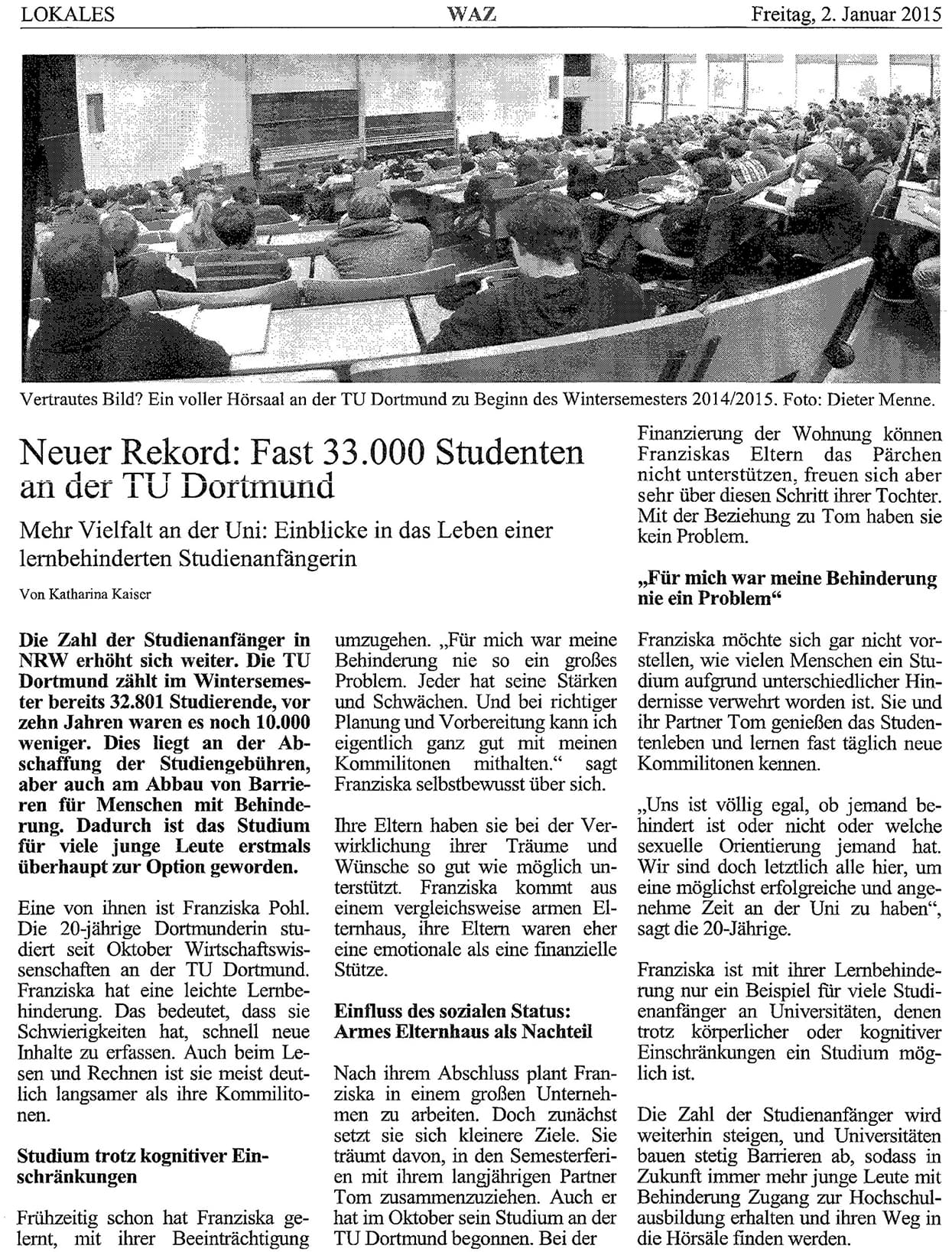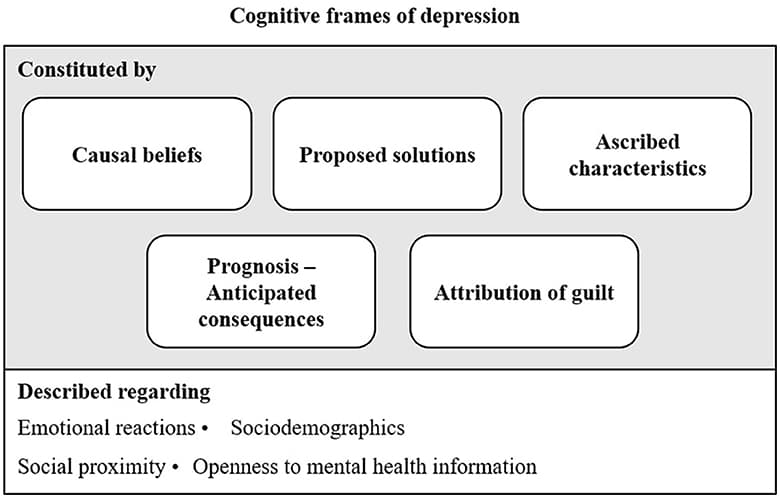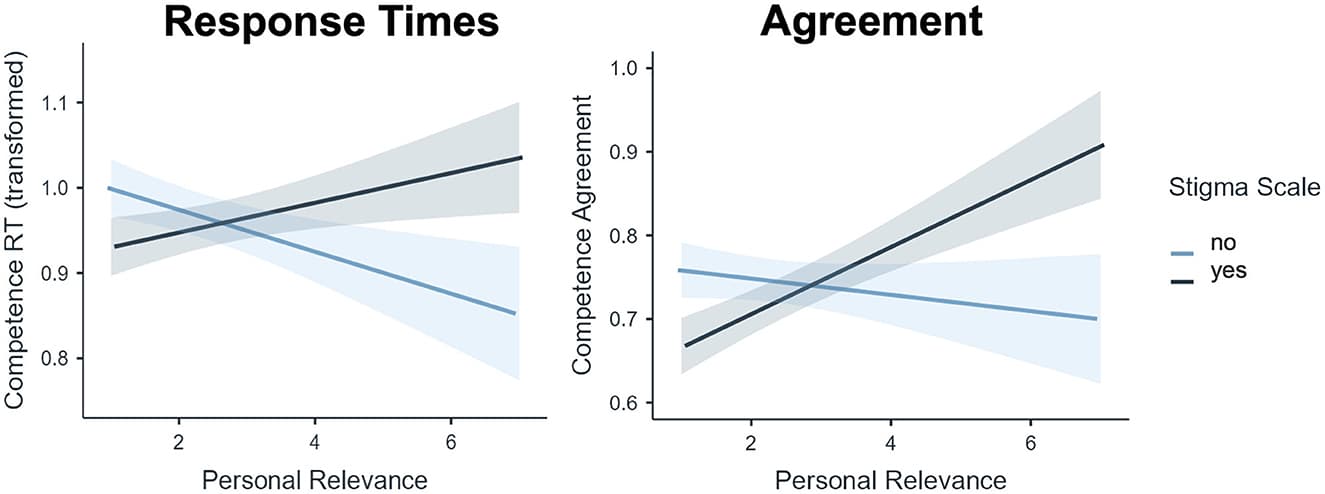Destigmatization is a crucial step toward achieving societal equality. Media contribute both to the stigmatization and destigmatization of various groups. Through a systematic literature review, the present study aims to develop a comprehensive overview of destigmatization in the context of media and communication. A final sample of 79 scientific publications was analyzed and synthesized. First, a systematically derived, interdisciplinary applicable definition of destigmatization is presented. Second, an overview of factors influencing destigmatization is given, categorized into four factor groups: contact, education, language and terminology, and framing. Third, the processual character of destigmatization, referring to reflexive and rule-based processes, is discussed. This systematic literature review emphasizes the responsibility and potential positive impact of media and communication for destigmatization. The findings provide a basis for adaptation and expansion by future research focusing on various stigmatized groups and settings.
Being fat is often described as a “disease”—a form of linguistic framing that may exacerbate bias against fat people rather than reduce it as intended. Framing fatness as a matter of equal treatment and respect (“fat rights”) may be more effective for bias reduction. In a preregistered experiment (N = 401), we directly compared the effects of disease and fat-rights framing on attitudes toward fat people. Participants read a news article that affirmed or negated (a) the claim that fatness is a disease and (b) the unacceptability of weight discrimination, and then expressed their attitudes toward fat people. Disease-affirming articles yielded more negative attitudes than disease-negating articles, but only for participants who explicitly recognized that the article influenced their attitudes. For these participants, fat-rights framing also had a significant impact: those who read a disease-affirming article expressed less negative attitudes toward fat people when the article also affirmed rather than negated fat rights. These results show that language can shift public opinion about fatness when people are aware of its persuasive power. Our findings support a social-pragmatic account of linguistic framing and have implications for real-world anti-bias efforts.
Background: Health-related stigma can act as a barrier to seeking treatment and can negatively impact wellbeing. Comparing stigma communication across different conditions may generate insights previously lacking from condition-specific approaches and help to broaden our understanding of health stigma as a whole.
Method: A sequential explanatory mixed-methods approach was used to investigate the prevalence and type of health-related stigma on Twitter by extracting 1.8 million tweets referring to five potentially stigmatized health conditions and disorders (PSHCDs): Human Immunodeficiency Virus (HIV)/Acquired Immunodeficiency Syndrome (AIDS), Diabetes, Eating Disorders, Alcoholism, and Substance Use Disorders (SUD). Firstly, 1,500 tweets were manually coded by stigma communication type, followed by a larger sentiment analysis (n = 250,000). Finally, the most prevalent category of tweets, “Anti-Stigma and Advice” (n = 273), was thematically analyzed to contextualize and explain its prevalence.
Results: We found differences in stigma communication between PSHCDs. Tweets referring to substance use disorders were frequently accompanied by messages of societal peril. Whereas, HIV/AIDS related tweets were most associated with potential labels of stigma communication. We found consistencies between automatic tools for sentiment analysis and manual coding of stigma communication. Finally, the themes identified by our thematic analysis of anti-stigma and advice were Social Understanding, Need for Change, Encouragement and Support, and Information and Advice.
Conclusions: Despite one third of health-related tweets being manually coded as potentially stigmatizing, the notable presence of anti-stigma suggests that efforts are being made by users to counter online health stigma. The negative sentiment and societal peril associated with substance use disorders reflects recent suggestions that, though attitudes have improved toward physical diseases in recent years, stigma around addiction has seen little decline. Finally, consistencies between our manual coding and automatic tools for identifying language features of harmful content, suggest that machine learning approaches may be a reasonable next step for identifying general health-related stigma online.




